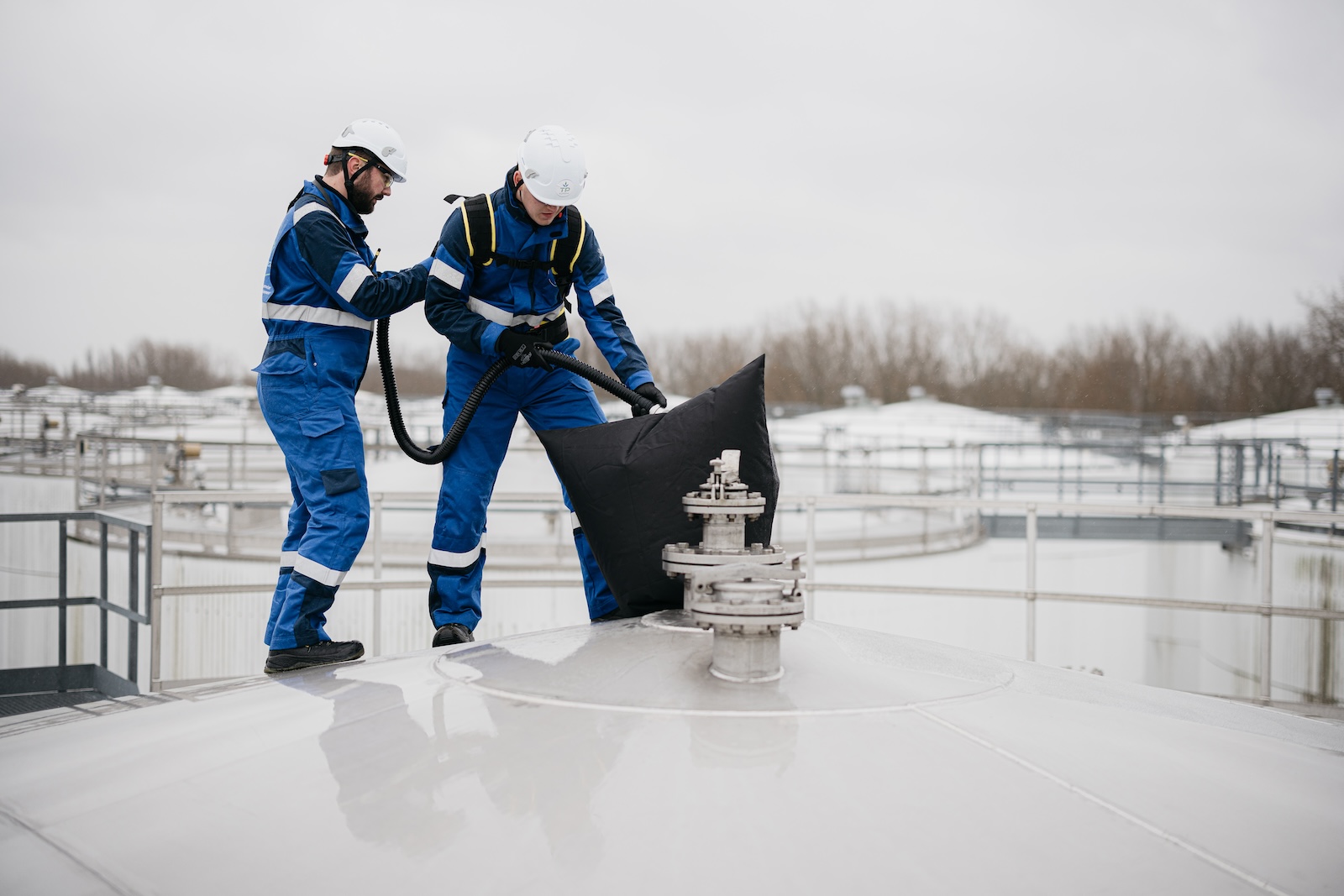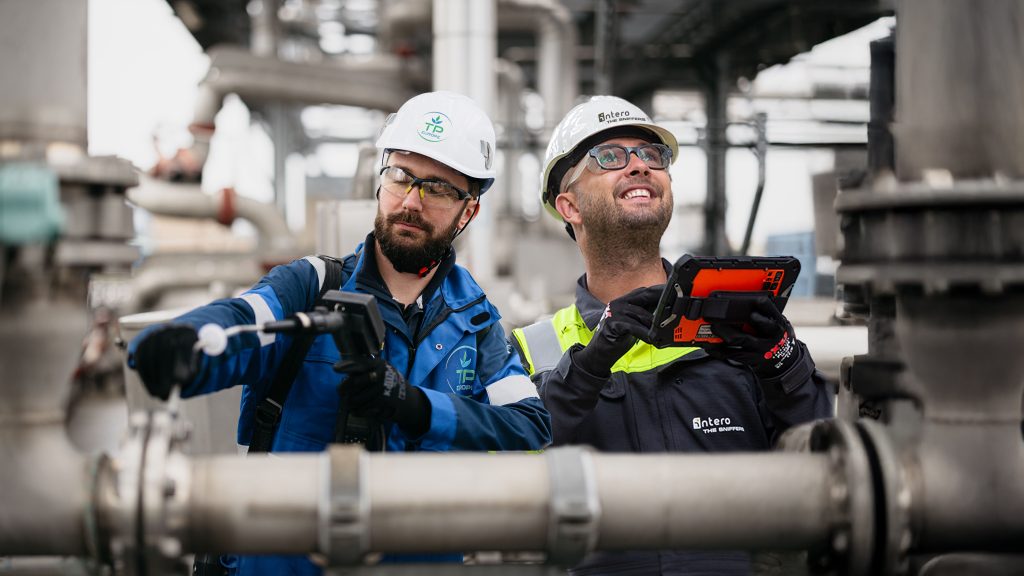Storage Tanks in Emission Services
The modern industrial world relies heavily on storage tanks as a pivotal component in emission services. They serve as a central figure in curbing and managing emissions. As industries strive to reduce their environmental impact, understanding the significance and functionality of these tanks becomes paramount.

The Importance of Storage Tanks in Emission Control
Storage tanks are more than just reservoirs; they are the frontline in ensuring that harmful emissions are kept in check. Their design, operation, and maintenance play crucial roles in reducing environmental degradation.
Role in the Industrial Sector
Every industry, from petrochemicals to wastewater treatment, employs storage tanks in various capacities. Their significance spans across:
Energy Generation and Storage
In the energy sector, storage tanks hold fuels, raw materials, or by-products. Their structural integrity and operational efficiency are crucial to prevent unwanted emissions. Given the volatile nature of many fuels, any inefficiency can result in substantial environmental and financial losses. Technologies like cathodic protection and secondary containment systems are often employed to ensure tanks hold materials safely.

Types of Storage Tanks for Emission Services
With the growing emphasis on sustainable practices, storage tanks have evolved in their design and functionalities to cater to diverse industry needs. These tanks, specifically tailored for emission services, predominantly fall into two main categories: Fixed Roof Tanks and Floating Roof Tanks.
Fixed Roof Tanks
These tanks, as the name suggests, come with a permanent roof structure. They are commonly employed in industries where the stored liquid does not vaporize at ambient conditions, ensuring minimal gaseous emissions.
Design and Use Cases
Fixed roof tanks are characterized by their static design, having a shell with a fixed cylindrical shape and a top roof that doesn’t move. They often employ a breather vent to manage pressure and ensure safety. These tanks are primarily used in:
- Water storage facilities
- Storing non-volatile chemicals
- Organic liquid storage
Due to their static nature, they are less suited for materials with high volatility as this can result in vapor build-up.


Advantages in Emission Control
- Reduced Vapor Space: The design ensures minimal vapor space, reducing the likelihood of vapor build-up and subsequent emissions.
- Minimal Evaporation Losses: Given their sealed nature, evaporation losses are significantly reduced, ensuring resource conservation and reduced emissions.
- Safety: The permanent roof provides added protection against environmental factors, ensuring the stored materials remain uncontaminated.
Maintenance Practices for Storage Tanks
As pivotal assets in emission services, the longevity and operational efficiency of storage tanks largely depend on rigorous maintenance practices. Ensuring tanks are in optimal condition not only safeguards investments but also plays a cardinal role in environmental conservation.
Regular Inspections
Scheduled inspections are the backbone of tank maintenance. By proactively identifying potential problems, industries can preemptively rectify issues, ensuring tanks operate with maximum efficiency and safety.
Implications for Emission Control
- Leak Prevention: Identifying potential weak points ensures leaks are rectified before they can cause environmental harm.
- Operational Efficiency: Tanks in prime condition operate more efficiently, leading to reduced emissions.
- Regulatory Compliance: Regular inspections ensure adherence to environmental standards, mitigating the risks of regulatory penalties.


Impact on Emission Levels
Clean tanks directly contribute to reduced emission levels:
Enhanced Seal Efficiency: Clean tank surfaces ensure that seals function optimally, reducing the chances of leaks.
Improved Monitoring: Clean tanks allow for more accurate readings from monitoring equipment, ensuring that emissions remain within permissible levels.
Regulations and Compliance for Storage Tanks
Adherence to stringent regulations ensures that storage tanks operate safely and minimize environmental impact. Both regional and global standards have been implemented to guide industries in achieving these objectives.
European Standards
Guidelines for Emission Control
The European Union (EU) has outlined several directives that mandate:
- Volatile Organic Compound (VOC) Control: Storage tanks storing volatile compounds need to have advanced control systems, such as vapor recovery units, to minimize emissions.
- Regular Monitoring: The EU standards stress frequent monitoring of tanks to detect and rectify any leaks or anomalies promptly.


Monitoring and Reporting
- Annual Reports: Industries are required to submit annual reports detailing their tank emissions, maintenance activities, and any upgrades undertaken.
- Immediate Reporting: Any significant leaks or breaches must be reported immediately to the relevant authorities, ensuring timely action and mitigation.
Global Emission Standards
While Europe sets its standards, global standards vary, presenting challenges and opportunities for industries operating in multiple regions.
Comparing Regulations Across Regions
Different regions have different priorities, often shaped by their specific environmental challenges.
Table: Emission Standards Across Key Regions
| Region | VOC Control | Monitoring Frequency | Reporting Mechanism |
|---|---|---|---|
| Europe (EU) | High | Monthly/Quarterly | Integrated with EU ETS |
| North America | Moderate | Quarterly | Separate Federal System |
| Asia | Varies by country | Varies | National Systems |
This table provides a simplified comparison, and the actual regulations can be more intricate and tailored to specific regional needs.


Challenges and Solutions in Adherence
Industries often grapple with:
Varied Standards: An industry operating in Europe and Asia might have to navigate two completely different sets of regulations.
Dynamic Regulations: Emission standards evolve, requiring industries to stay updated and compliant.
Technological Gaps: Some regions might mandate technologies that are not readily available locally.
Solutions include:
Regulatory Training: Ensuring that compliance teams are well-trained and updated with global standards.
Technology Partnerships: Collaborating with technology providers can help industries access the latest emission control systems.
Regulatory Consultation: Engaging with regulatory bodies can provide clarity and often assistance in achieving compliance.
Innovations in Storage Tank Technology
In the quest for environmental preservation and operational efficiency, the storage tank industry has witnessed a plethora of technological breakthroughs. From leveraging the Internet of Things (IoT) to exploring avant-garde materials, innovations are reshaping the landscape of tank storage solutions.
Smart Monitoring Systems
The materials used in tank construction have undergone significant enhancements, catering to both durability and safety concerns.

Impacts on Emission Safety
Advanced materials have a pronounced impact on emission safety:
Reduced Permeation: Enhanced materials limit the permeation of stored substances, leading to reduced emissions.
Temperature Control: Some materials offer better insulation, ensuring volatile substances remain stable and limit evaporative emissions.
Enhanced Seals: Modern materials ensure that tank seals are more effective, further reducing chances of leaks and consequent emissions.
Conclusion: The Future of Storage Tanks in Emission Services
The role of storage tanks in emission services is paramount. As global consciousness shifts towards a sustainable future, storage tanks, often overlooked, are now at the forefront of critical changes. The trajectory indicates that tanks are more than just storage entities; they are pivotal elements in the fight against environmental degradation.
Adapting to Evolving Regulations
With global warming and environmental issues under the spotlight, regulations governing emission services are bound to evolve, becoming more stringent and comprehensive.

Strategic Planning for Emission Reduction
Strategic foresight will be essential:
-
Lifecycle Analysis: Comprehensive assessments will be undertaken to analyze a tank’s entire lifecycle, from construction to decommissioning, ensuring minimal emissions at every phase.
-
Carbon Neutral Goals: Many corporations will integrate storage tanks into their broader carbon-neutral goals, adopting strategies that offset emissions.
-
Collaborations: Industries will foster collaborations with tech innovators, regulatory bodies, and environmental NGOs to devise holistic emission reduction plans.
CCO TP Europe.
Joey, Chief Commercial Officer at TP Europe, thrives in sales, drawing satisfaction from client happiness and the company's growth. His dedication to staying connected to the field and ambition for global expansion are key to driving our mission forward.
Published: Tp Europe

